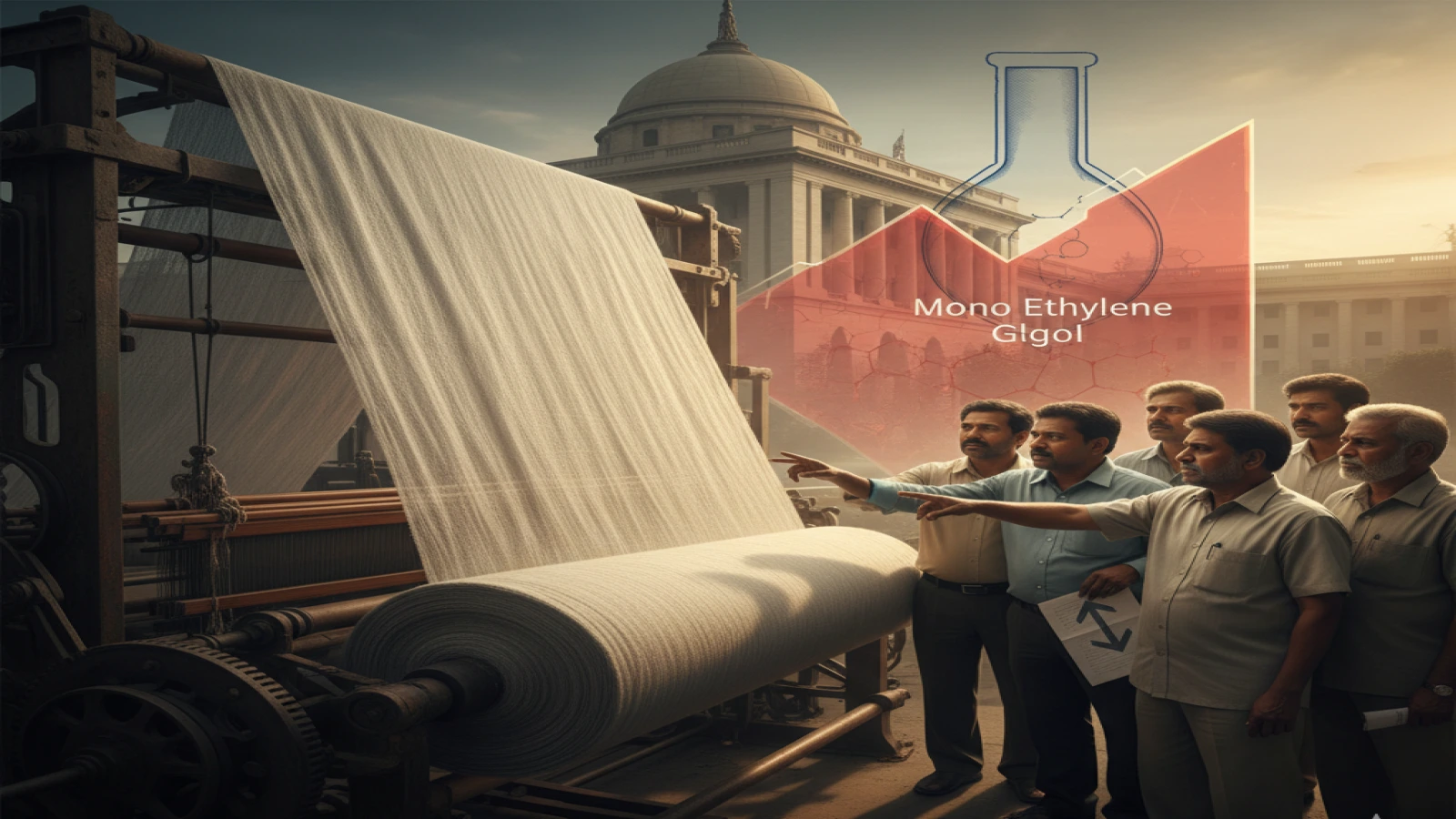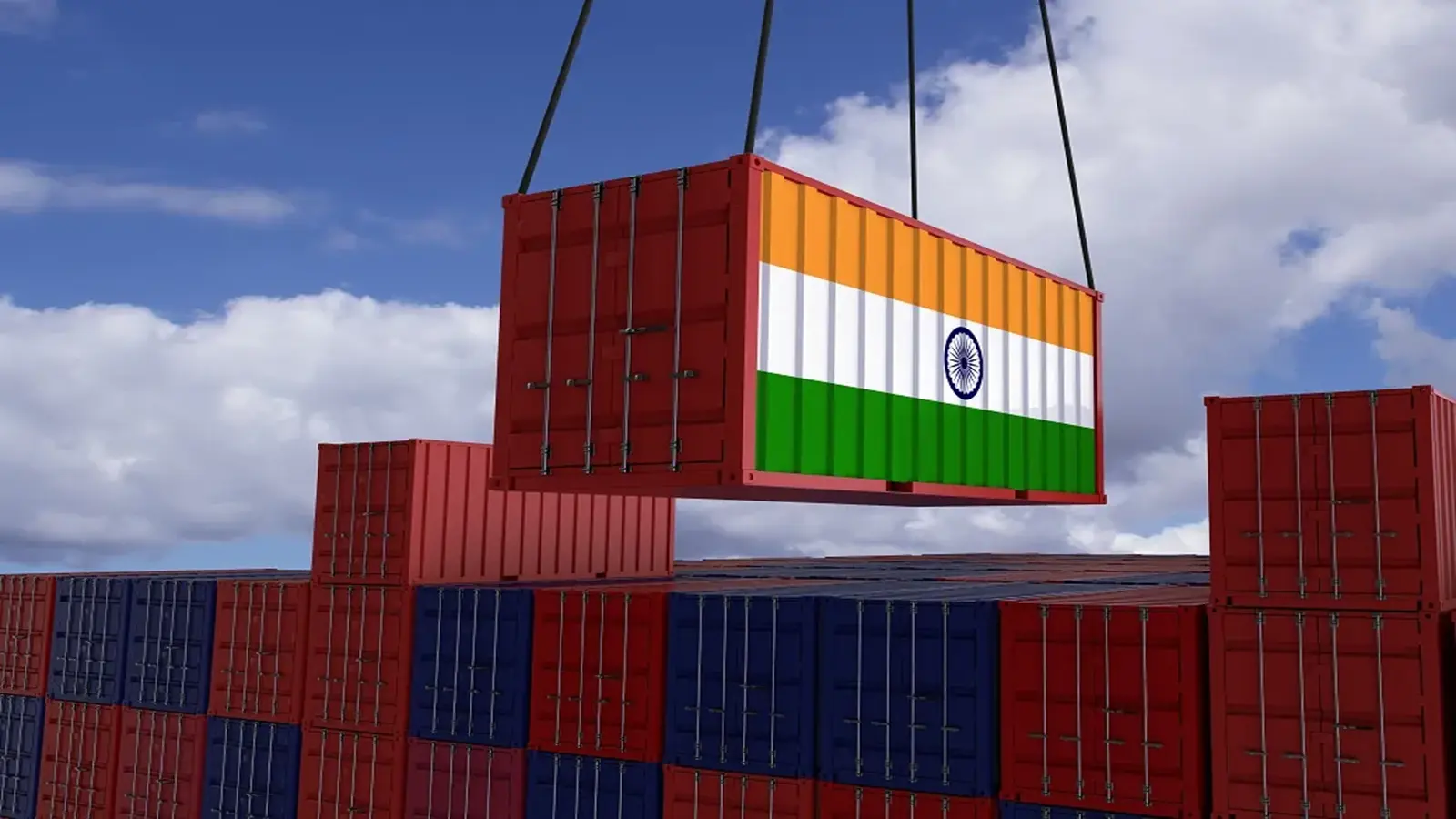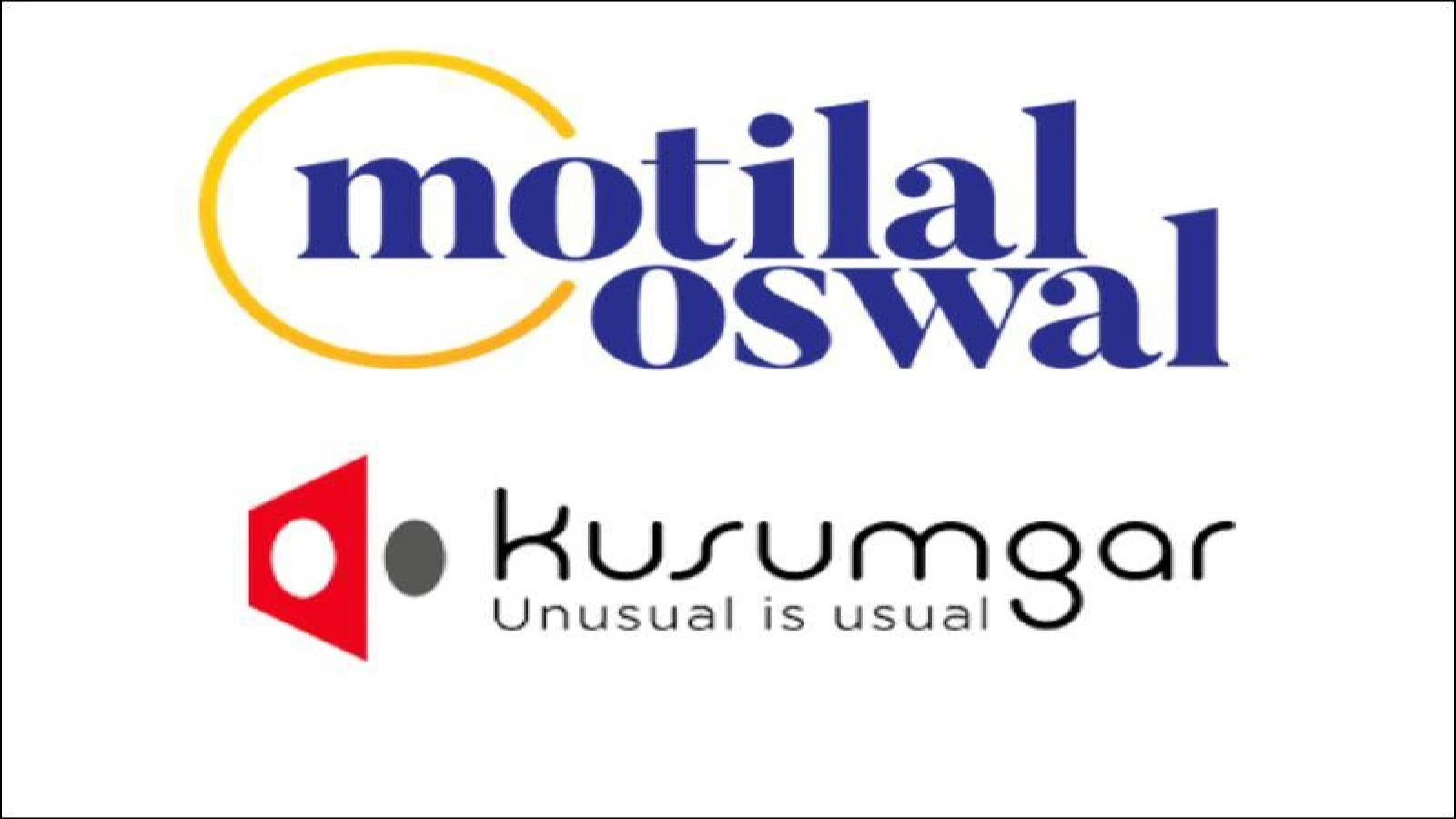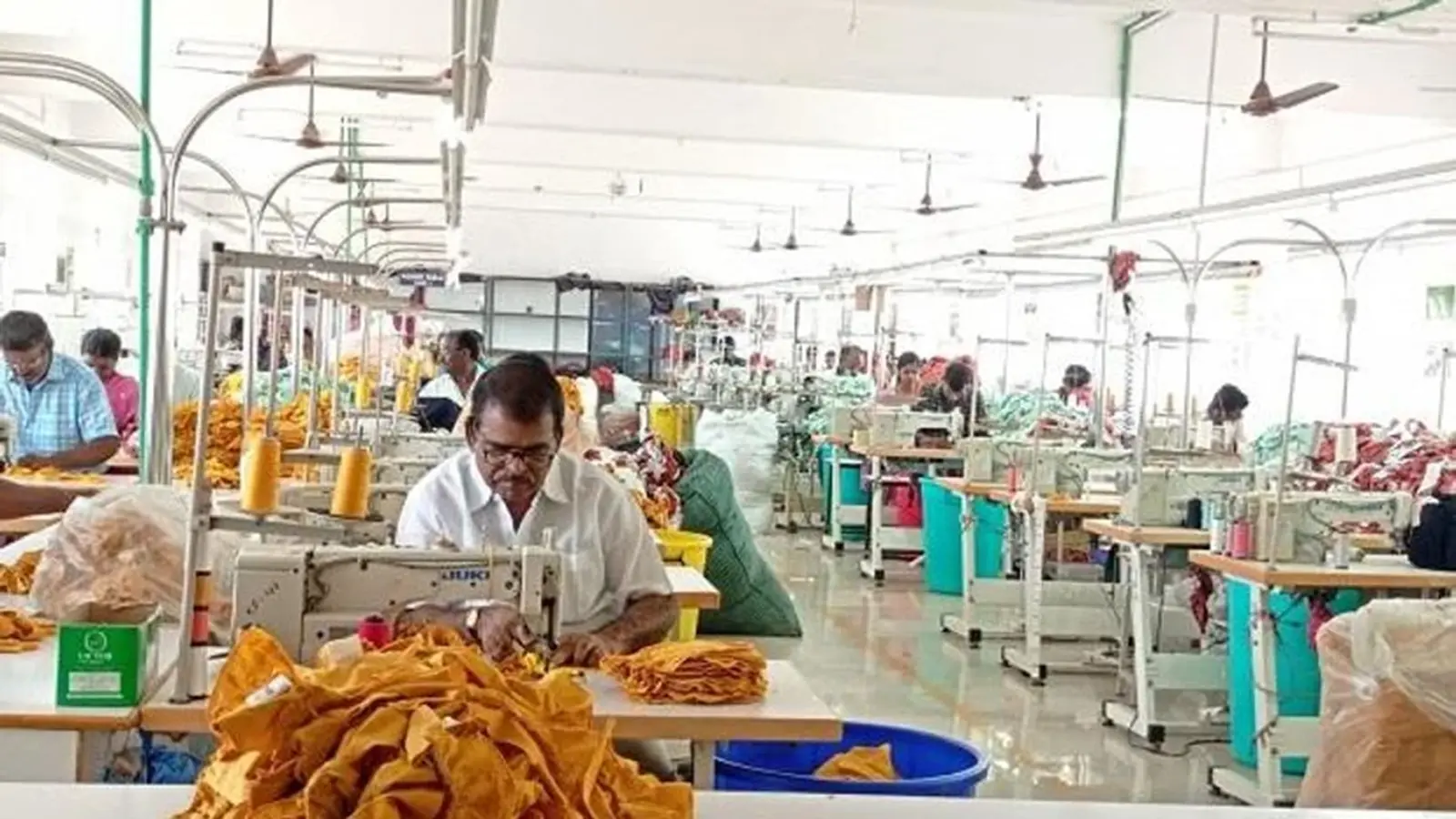The textile industry in Gujarat has urged the state government to give special attention to the processing segment, which continues to remain the weakest link in the state’s textile value chain. Processing involves vital steps such as dyeing, printing, bleaching, and fabric finishing, but industry leaders feel this part of the sector has been overlooked in the present textile policy. As per the Gujarat Textile Policy 2024, key benefits like capital subsidies, low-interest loans, and employment incentives are extended only to units operating within Gujarat Industrial Development Corporation (GIDC) estates. This has left out nearly 800 processing units each in Ahmedabad and Surat, which are located within city limits but outside GIDC areas. As a result, these units are unable to modernize machinery, adopt advanced technologies, or compete effectively in global markets.
To address this concern, a delegation comprising representatives from the Cotton Textiles Export Promotion Council (Texprocil), the Powerloom Development and Export Promotion Council of India (PDEXCI), and leading textile industrialists met state officials recently. The group highlighted that without extending policy support to processing units, the state’s textile sector cannot achieve its growth potential. They underlined that the government’s approach should not be restricted to geographical classifications but should acknowledge the crucial role of processing in strengthening the value chain.
The delegation presented several demands before the government. Their foremost request was that all processing units, even those situated outside GIDC zones but within municipal boundaries, should be made eligible for incentives under the textile policy. They also called for support to promote advanced and eco-friendly technologies such as waterless dyeing, sublimation digital printing, and reduced-water washing and bleaching methods. These innovations not only enhance efficiency but also help conserve water, a growing concern for the industry. The delegation further suggested creating industrial clusters equipped with Zero Liquid Discharge (ZLD) facilities, ensuring that modern processing operations remain environmentally sustainable. Another key demand was lowering the employment threshold to qualify as a labour-intensive unit. Currently, units must employ at least 4,000 workers, which many smaller companies cannot meet. Industry leaders have asked for the threshold to be reduced to 2,000 workers initially, with the option to expand later.
According to experts, strengthening the processing segment will be essential for Gujarat to maintain its edge as a leading textile hub. Policy support, combined with modernization and green technologies, can help the industry achieve sustainable growth while meeting international quality and environmental standards.


Government Extends RoDTEP Export Incentive Scheme Until March 2026

Motilal Oswal Backs Kusumgar to Power Growth in Engineered Fabrics

Tiruppur Knitwear Industry Struggles with Severe Labour Shortage